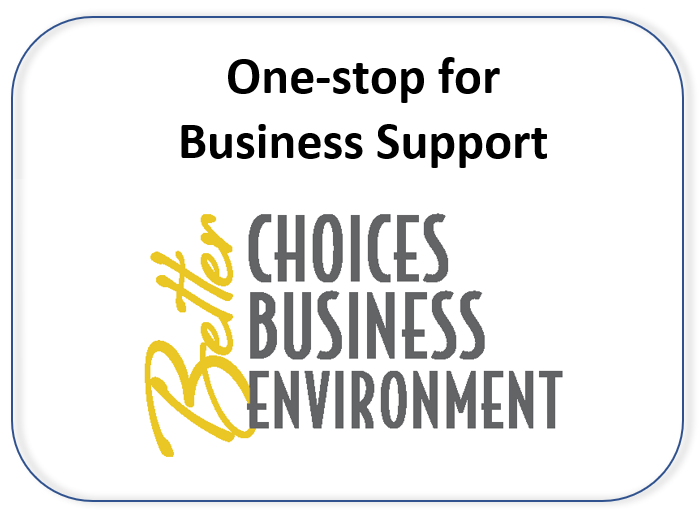Internal combustion engines
Stationary internal combustion engines are often used for backup or emergency power at a wide range of industrial, commercial and retail establishments. Combustion of diesel fuel oil or natural gas creates air pollution, while storage of large quantities of fuel oil presents spill containment and clean up issues. This section provides resources to help businesses using internal combustion engines comply with environmental regulations.
When adding an engine to a site-specific permit, whether through an operation permit revision or renewal or in a construction permit, use the air program form specifically for engines: 4530-104A.
Air permits for engines
Review the fact sheet Combustion Sources and Air Pollution Construction Permits (AM-427) to learn about the air pollution construction permit program and how it affects combustion sources; including calculation examples, definitions and contacts for more assistance. As you prepare a permit application or emissions report for your engines that burn natural gas, fuel oil or gasoline, another resource is the spreadsheet Engine Emissions Calculations (SB-309) [XLSX].
Air pollution regulations
The EPA published rules to limit emissions from stationary engines. The federal requirements vary depending on engine size, age and type of fuel burned. If an engine is not subject to federal standards, it will have to comply with the state hazardous air pollutant rules. The following fact sheets summarize each rule's applicability and requirements.
State Rules
- Wisconsin Air Pollution Control Rules (Wis. Adm. Code) applicable to Stationary RICE (AM-514) applies to all stationary engines regardless of age or type.
- NR 445 for CI Engines (AM-372)
- DNR issued a guidance memo on "Presumptive BACT for Formaldehyde Emissions Generated From Landfill Gas-Fired SI RICE" (May 28, 2014 memo )
Federal Standards
- NESHAP for Stationary RICE at Area Sources (AM-511) applies to existing, new and reconstructed stationary engines (both CI and SI).
- NSPS for Stationary Compression Ignition Engines at Area Sources (AM-512) applies to new, modified and reconstructed CI engines.
- NSPS for Stationary Spark Ignition Engines at Area Sources (AM-513) applies to new, modified and reconstructed SI engines.
- This Reciprocating Internal Combustion Engine (RICE) Data Sheet (AM-515) lists the information you will want to gather on your engine before determining which rule(s) applies or contacting DNR for assistance.
- ICE Reg Nav is a new EPA tool for SI and CI engines subject to the NESHAP and NSPS rules. The user is asked a series of questions, which produces a printout of regulatory requirements for a specific engine.
- The EPA provides links to the federal engine rules on the page Controlling Air Pollution from Stationary Engines.
- The Combustion Portal Stationary Reciprocating Internal Combustion Engines (RICE) website is another good source of information about the federal rule.
Used oil management, spill prevention and cleanup
In order to prevent fuel spills or clean up after a fuel spill, there are a number of regulations a business with an internal combustion engine/generator set should follow.
- The EPA requires that facilities with a certain amount of oil on site prepare a Spill Prevention, Control and Countermeasure (SPCC) Plan. For more information on those requirements go to EPA's Oil Spills Prevention and Preparedness Regulations.
- In case of a spill, review the Spills webpage for small businesses.
- If your facility conducts oil changes as part of engine maintenance, review the recycling motor oil, oil filters and other automotive products webpage on how to properly dispose of used motor oil and related products.
| Additional resources |
|---|

